REVIEW – The first expansion of Rogue Trader, astonishing in both size and complexity, introduces a previously unknown world: the brutal world within the hidden recesses of our own spaceship.
The first DLC for the Warhammer 40,000 RPG that I’m already familiar with promises a world that is both familiar and yet unknown. The creator of the grimdark aesthetic, the gothic and monumental universe of Warhammer 40,000, beckons tortured souls. The add-on, published in Hungarian under the title Empty Shadows or Shadows of Nothing, doesn’t take you far this time but rather invites you to explore the previously unknown depths of our spaceship.
For those unfamiliar with the universe, this might seem strange in itself, but in the colossal Warhammer universe, spaceships are even more grandiose than those seen in most science fiction settings. Giant leviathans, dozens or even hundreds of kilometers long and adorned with Gothic towers, roam the depths of space. A generation of space travelers lives its wretched existence aboard voidships with names that are difficult to translate. While the base game already introduced us to suffering and pain, the expansion presents a level of misery, humiliation, and senseless horrors on such a scale that it is horrifying even from a distance in both space and time, even for fans of the universe.
Leap into the Dark
Somewhat unexpectedly, the first surprise of the DLC, which begins on its own after a few hyperspace jumps, is the appearance of a warrior, a sword-dancing woman named Khibella. The richly tattooed woman is a representative of one of the death cults recognized throughout the Imperium and even supported by the Ecclesiarchy. I confess it has been quite some time since I delved deeply into this world, and according to them, significant changes may have occurred because I don’t recall this particular group being featured in previous materials. However, their existence is not surprising, given that in a universe where millions of lives are spent in the dark bowels of spaceships—kept alive by rarely available food of unknown origin and content, in complete uncertainty—the most diverse and extreme cults inevitably arise, even with über-brutal law enforcement methods.
The first parts of the mission involve discovering the cult of the warrior and her mysterious group. Meanwhile, our character explores the literal deepest recesses of the ship—places where high-ranking leaders like him haven’t set foot for generations or even centuries, and whose existence has fueled legends for quite some time. Unsurprisingly, its discovery has a profound effect on people at different levels of vulnerability. The decisions from the base game, where we could choose to be humane and follow moral principles familiar to our time, often cause surprise and even rejection, not only from our entourage but also from those we try to please. In my case, since the external appearance of my character didn’t match that of a harsh soul, I couldn’t bring myself to choose either the dogmatic, brutal dictatorship path or the sinful steps that clearly lead to the Chaos Gods. Though I saved my soul from the clutches of the corrupting gods, my behavior piqued the curiosity of the Inquisitor accompanying me, which required me to explain my actions to him in detail on multiple occasions.
After a series of trials (including a literal leap into the dark), we manage to become the chosen one of the ship’s death cult. A shocking event then leads us to encounter a mutant. After examining a corpse that appears human on the outside but has entirely different characteristics internally, the investigation into the cause of the mutation immediately begins within the Imperium, which treats any human mutation as a hostile threat.
The Cult of the Many-Armed God
The game truly shifts into a higher gear when we encounter the leader of the astropaths, who have previously only been superficially involved in interstellar communication. This leader is the master of the so-called Astropathic Choir. With the aid of a rare psychic ritual—one that has only been performed once before—our character attempts to uncover the danger lurking aboard his ship. Naturally, like so many things, it doesn’t unfold as the planner had envisioned. The ceremony, which mobilizes significant psychic energy, not only summons the familiar Chaos creatures aboard the ship, which I named Destiny Hunter, but also reveals the nature of the threat. According to the master astropath who performed the ritual, this menace is clearly not human and is unlike anything he has ever encountered. Armed with this dark revelation, we set out once more to uncover the threat that, without exaggeration, endangers the lives of everyone on board. We soon discover the cause: a gene-stealing cult. Clearly inspired by the xenomorphs from the Alien universe, the lore surrounding the Genestealers has greatly expanded over the last few decades. For now, suffice it to say that they infect people by biting them, causing them to mutate. Since the Genestealers themselves possess six limbs—two legs and four arms—they are perceived by the infected as angels, often taking on the image of servants of the Many-Armed God.
Although early materials attempted to conceal the main enemy of the DLC, the moment the Many-Armed God was mentioned, it became clear what danger was lurking aboard the space trader’s ship. Genestealers destroy infected societies from within. At first, their movements and cults don’t differ much from the hard-to-classify religious groups found throughout the universe of Warhammer 40,000. However, their goal is to gradually, and almost imperceptibly, take control of the entire population. Infected individuals marry each other, and over successive generations, their mutations grow more pronounced. It begins with distorted heads and, in many cases, additional limbs, until eventually, a pure-blooded Genestealer is born, nearly identical to the one who initiated the infection.
The game, with its familiar controls, interestingly throws us into the deep end almost immediately. At least, it did for me, likely because I set out to solve the mystery with characters above level 30. In the first battle, my team faced pure-blooded Genestealers, two human-sized hybrids, and even the cult’s magus. But I won’t spoil the surprise, as I wholeheartedly recommend this to anyone who enjoys dystopias.
-UrsaMaior-
Pros:
+ New character class
+ Into the soul, and carnivorously painful decisions
+ Isometric graphics have perhaps never been displayed so well
Cons:
– Short
– Those who are sensitive like me will find it difficult to sleep
– After a while, a bit repetitive butchering and the alternation of written missions
Publisher: Owlcat Games
Developer: Owlcat Games
Style: RPG
Release: September 24, 2024.
Warhammer 40 000: Rogue Trader: Void shadows
Gameplay - 7.4
Graphics - 7.3
Story - 6.2
Music/Audio - 7.2
Ambience - 8.5
7.3
GOOD
The WH40k Rogue Trader: Void Shadows add-on takes the player to depths that will certainly surprise, affect, and provoke thought, even for a seasoned Warhammer 40,000 veteran like myself. Alongside the Chaos Gods and their insatiable appetites, the Genestealers and their Tyranid masters represent one of the greatest threats to the Imperium of Man in the 41st millennium. I hope we will encounter them again.

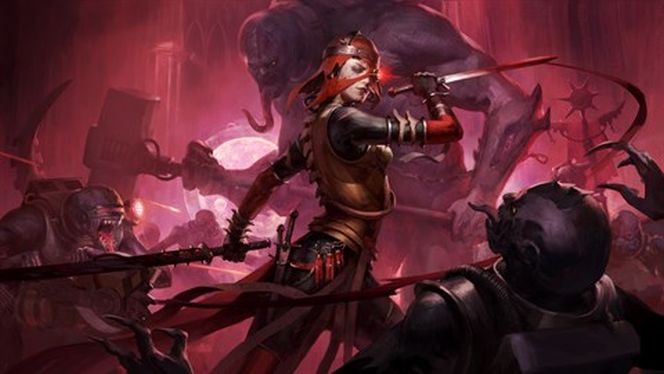
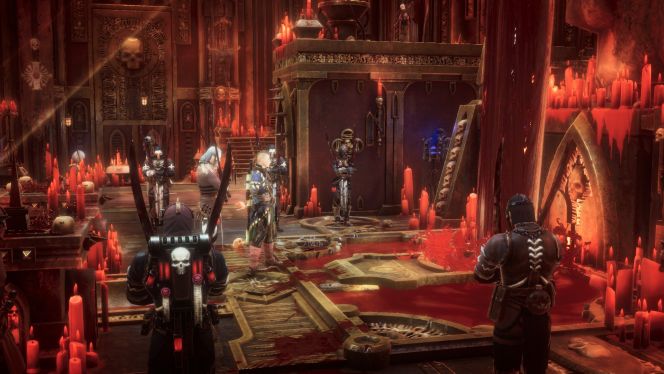
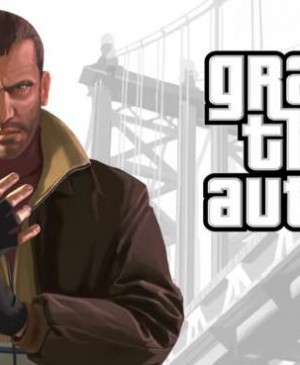
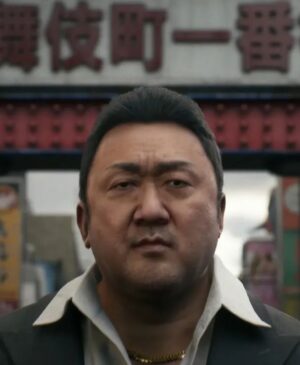
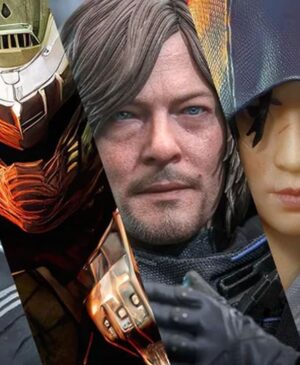
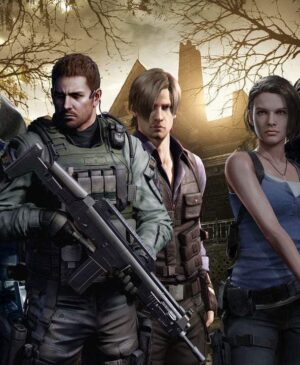
Leave a Reply